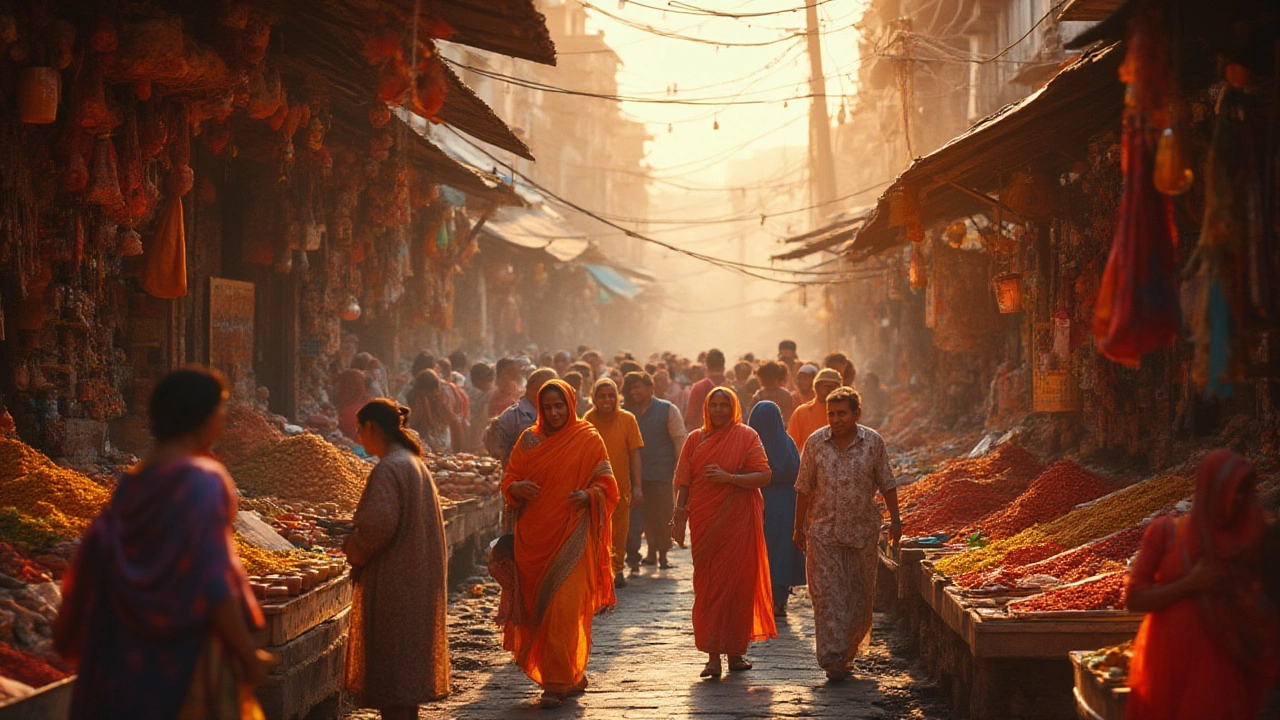Travel India Tips: Essential Advice for Safe, Smart Trips Across India
When planning a trip to India, a country with diverse cultures, climates, and customs. Also known as the Indian subcontinent, it rewards travelers who prepare wisely—whether you're hiking the Himalayas, exploring ancient temples, or eating street food in Mumbai. This isn’t just about packing sunscreen. It’s about understanding what actually matters: where to go, what to avoid, and how to move through India without stress or surprises.
India travel safety, a concern that varies wildly by city and region. Also known as travel security in India, it’s not about fear—it’s about awareness. Mumbai is generally safer for solo travelers and families than Delhi, where pickpocketing and traffic chaos demand more caution. You don’t need a bodyguard, but you do need to know which neighborhoods to avoid after dark and how to spot a fake taxi driver. And yes, Uber works in Goa—but not everywhere. Know your options before you land.
India vaccinations, a topic full of myths and overcharging. Also known as travel immunizations for India, you don’t need every shot on the list. Hepatitis A and typhoid are the only ones most travelers actually need. Rabies? Only if you’re camping in remote areas. Tetanus? Always a good idea. Skip the expensive travel clinics—your local pharmacy can give you the essentials for a fraction of the cost. And no, you don’t need proof of vaccines to enter India… unless you’re coming from a country with yellow fever.
Indian temple etiquette, a silent rulebook that can make or break your experience. Also known as temple customs in India, it’s not about religion—it’s about respect. Cover your shoulders. Remove your shoes. Don’t point your feet at idols. Women aren’t allowed in some temples during periods—this isn’t discrimination, it’s tradition. If you don’t know the rules, ask quietly. Most locals will help you. Skip the temple selfies if you’re not sure what’s allowed. You’ll get better photos anyway.
And then there’s the food. You can eat street food in India without getting sick—if you know how. Hot, freshly fried snacks from busy stalls? Safe. Ice in drinks? Avoid it. Bottled water? Always. The best advice? Follow the locals. If a vendor has a line of Indian families eating there, you’re good.
North India and South India aren’t just different regions—they’re almost two countries. The language, the food, the pace, even the way people greet you changes dramatically. If you’re planning to visit both, don’t assume what works in Jaipur will work in Kochi. The same goes for weather. Monsoon season isn’t just rain—it’s flooded roads, canceled trains, and muddy trails. Plan around it.
There’s a reason India has 43 UNESCO World Heritage Sites. But visiting them isn’t just about checking boxes. The Taj Mahal at sunrise? Magical. But you’ll spend more time in traffic than in the garden if you don’t book tickets online in advance. Same with heritage sites in Hampi or Khajuraho. Crowds are real. Timing matters.
What you’ll find below isn’t a list of generic tips. These are real stories from real travelers who made mistakes, learned fast, and came back with better advice. You’ll see which cities are truly foreigner-friendly, how to avoid stomach trouble without giving up Indian food, why hiring a local guide for treks isn’t optional, and which hidden gems are worth the detour. No fluff. No guesswork. Just what you need to know before you book your flight.
